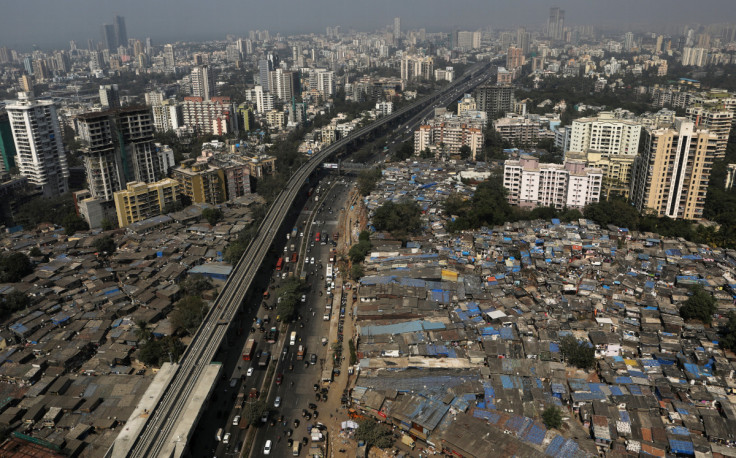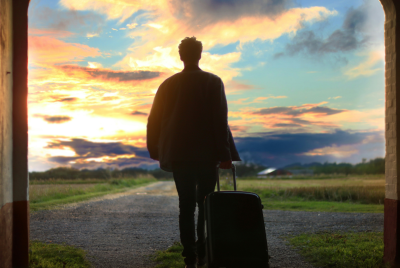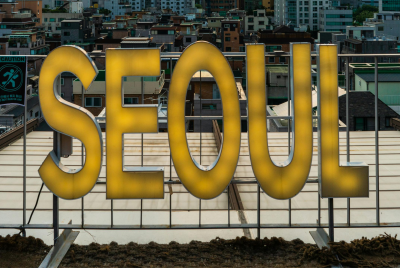'Real Suffering and Poverty Is Not An Exhibit to Enjoy': Tourist Slammed For 'Enjoying' Mumbai Slum Tours
Dharavi looks out onto Mumbai's modern landscape of skyscrapers and high-rise apartment blocks

"Voluntourism," which describes Westerners who travel to developing countries to participate in projects like visiting orphanages and building schools, has been heavily criticised for years.
Critics say that voluntourism capitalises on the Westerner's quest for saviordom as it treats low-income communities as a touristic attraction and relies on poverty as a visible spectacle.
However, Workaway, a website that provides budget travellers with host families, non-governmental organisations and projects in return for work, argues that voluntourism bridges different cultures and encourages vacationers to use their travel experience to volunteer abroad.
Promoting cultural exchange, Workaway uses voluntourism to build a community of global travellers who want to see the world while contributing and giving back to the places they visit.
Poverty tourism is a common practice in India. In 2018, Ravi Sansi and his work colleague David Bijl opened Mumbai's first slums hotel for tourists.
According to the pair of founders, the hotel provides lodgers with a first-hand experience of extreme poverty in the country.
During a trip to Mumbai, India, Travel Blogger Tara Katims took part in a tour of the Dharavi slums.
@tarkatims Replying to @ari 🌸 i thought the same thing until I read more about my guide's story #bombay #india #traveltoktok ♬ original sound - Tar
The Dharavi slums are one of the largest slums in the world, home to at least one million people. Located on the outskirts of Mumbai, Dharavi looks out onto a modern landscape of skyscrapers and high-rise office and apartment blocks.
Dharavi, where tourists are regularly spotted, is known for its small-scale industries, including recycling, leather making, pottery and textiles.
In a video posted on social media, Katims showed off her Dharavi "slums tour."
While walking through the cramped side streets, Katims tells her 16,000 TikTok followers: "I never once felt unsafe during the tour."
The travel blogger said the experience was booked on Airbnb, going on to note that it was one of the best parts of her visit.
According to Katims, the guide did "a really good job" and even "introduces you to his friends here."
According to her travel website, Katims said that she was "dumbfounded by the egregious displays of wealth whilst simultaneously experiencing the harsh reality of some of the largest low-income communities in Asia."
The travel blogger advised her readers on navigating the "vibrant chaos" of Mumbai, one of her "favourite" cities in India.
"I would highly recommend spending at least a week in Mumbai and separating your time in different parts of the city to experience the range of communities," she wrote.
TikTokers have since responded to Katims' video of the Dharavi tour,
"Real suffering and poverty that people have to live through is not an exhibit or a theatre for you to enjoy," one entrepreneur and TikTok user, known as @acegotchu, wrote.
@acegotchuStop traveling world - start learning empathy and getting in touch with reality
"Imagine you are seeing two kids scrounging the trash for food and clothing, and you're sitting there with your Prada sunglasses and your Birkenstocks thinking ', damn, some people in this world have it really bad; I should be more grateful'. But then you go on to say that it was one of the best parts of your trip."
"Gloating about it online, saying it was 'so bad', and then by tomorrow's pilates class, completely forgetting it," the TikTok user added, going on to ask other tourists who have taken part in slums tours: "What is wrong with you?"
© Copyright IBTimes 2025. All rights reserved.






















